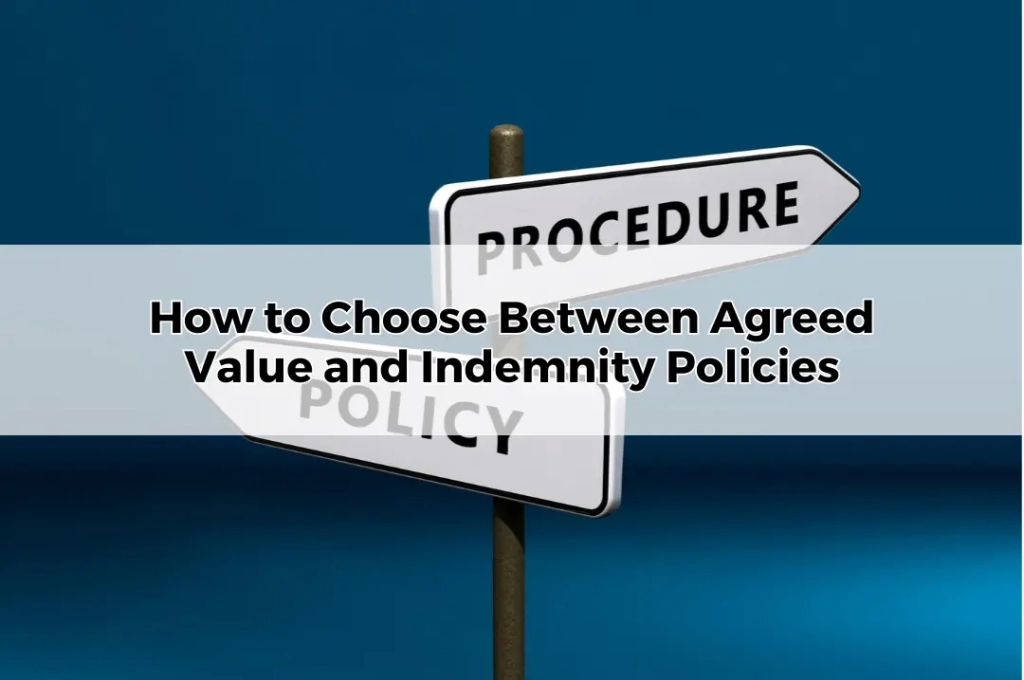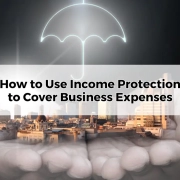How to Choose Between Agreed Value and Indemnity Policies
Table of Contents
ToggleIncome protection insurance is a crucial safeguard, ensuring financial stability when unforeseen circumstances prevent you from working. This safety net supports you and your family, maintaining your lifestyle and covering essential expenses during periods of incapacity. Choosing the right policy can significantly affect your financial resilience.
Overview of Agreed Value vs. Indemnity Policies
When it comes to income protection, there are two primary types of policies: agreed value and indemnity. Understanding the differences between these options is essential for making an informed decision that aligns with your financial needs and employment circumstances.
Understanding Income Protection Insurance
What is Income Protection Insurance?
Income protection insurance provides a regular income if you’re unable to work due to illness or injury. It typically covers up to 75% of your pre-tax income and can be tailored to suit various professional and personal requirements, ensuring that your financial obligations are met even when you can’t earn your regular salary.
Key Features of Income Protection Policies
Key features include benefit periods (the length of time benefits are paid), waiting periods (the time before payments commence), and the definition of disability. Each policy may vary, offering different levels of coverage, benefit amounts, and additional options.
Agreed Value Policies
Definition and Explanation
Agreed value policies lock in a set benefit amount at the time of application, based on your income. This agreed amount is what you’ll receive if you need to claim, regardless of any changes in your earnings after the policy is taken out.
Benefits of Agreed Value Policies
Agreed value policies offer certainty and financial predictability. They are particularly beneficial for individuals with fluctuating incomes, such as self-employed professionals or contractors, as the benefit amount is fixed and not subject to income verification at claim time.
Indemnity Policies
Definition and Explanation
Indemnity policies calculate the benefit amount at the time of claim based on your income just before you became unable to work. This means that the payout can vary, reflecting your most recent earnings.
Benefits of Indemnity Policies
Indemnity policies generally have lower premiums compared to agreed value policies. They are suitable for individuals with stable incomes, where their recent earnings accurately reflect their typical income levels.
Key Differences Between Agreed Value and Indemnity Policies
How Payouts are Calculated
Agreed value policies provide a predetermined payout, while indemnity policies calculate the payout based on recent earnings. This fundamental difference affects the predictability and amount of financial support you can expect.
Impact on Premiums
Agreed value policies tend to have higher premiums due to the certainty they provide, whereas indemnity policies are usually more affordable, reflecting the variable nature of the potential payouts.
Factors to Consider When Choosing a Policy
Stability of Income
Consider the stability of your income. If you have a consistent and predictable income, an indemnity policy might suffice. However, if your income fluctuates, an agreed value policy could provide more reliable protection.
Occupation and Industry
Your occupation and the industry you work in can influence your decision. Industries prone to income variability, such as freelance or commission-based work, may benefit more from an agreed value policy.
Evaluating Financial Stability
Consistency of Earnings
Assess the consistency of your earnings over time. Stable and predictable earnings make indemnity policies more viable, while variable earnings suggest a need for the certainty of agreed value policies.
Potential for Income Fluctuation
Consider potential income fluctuations due to market conditions, employment type, or career changes. Those with high variability in income might find agreed value policies more reassuring.
Premium Costs
Comparing Premium Rates
Evaluate and compare the premium rates of both policy types. While agreed value policies are more expensive, the cost might be justified by the guaranteed benefit amount.
Long-term Cost Implications
Consider the long-term cost implications of your policy choice. Higher premiums now could mean greater financial security later, especially if your income is likely to change.
Claims Process
Ease of Making a Claim
Review the claims process for each policy type. Agreed value policies typically offer a more straightforward claims process since the benefit amount is predetermined, whereas indemnity policies require income verification at the time of claim.
Documentation Required
Understand the documentation required for claims. Agreed value policies may require less paperwork at claim time, while indemnity policies necessitate up-to-date financial records.
Tax Implications
Tax Treatment of Premiums
Income protection premiums are generally tax-deductible. However, the tax treatment can vary depending on whether the policy is agreed value or indemnity, so consult a tax professional for specific advice.
Tax Treatment of Benefits
The benefits received from income protection policies are typically considered taxable income. Understanding the tax implications of the benefits can influence your choice between agreed value and indemnity policies.
Policy Flexibility
Ability to Adjust Coverage
Consider the flexibility of adjusting your coverage as your financial situation changes. Some policies may allow for adjustments to benefit amounts or terms without significant penalties.
Options for Switching Policies
Explore options for switching policies if your needs change. Some insurers offer options to convert from indemnity to agreed value policies, providing flexibility as your career progresses.
Seeking Professional Advice
Benefits of Consulting an Insurance Adviser
Consulting an insurance adviser can provide personalised insights and recommendations tailored to your unique circumstances. Advisers can help navigate the complexities and find the best policy to suit your needs.
Questions to Ask Your Adviser
Prepare questions to ask your adviser, such as the differences in claim processes, premium comparisons, and long-term financial implications of each policy type. This will help you make an informed decision and choose the best income protection policy for your situation.









